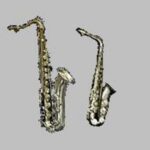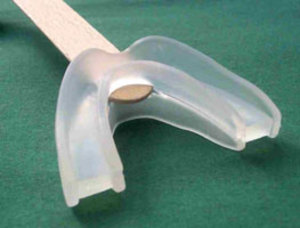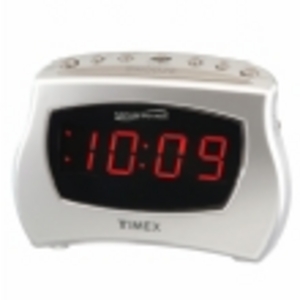So you are out there looking for a new mouthpiece for your Saxophone? There are hundreds, possibly even thousands, of different Saxophone mouthpieces to chose from. One of the common methods is to go to a local music store and buy what the salesman suggests. However, this is the wrong choice almost always, because the salesman may not use the same Saxophone, ligature, reeds, or even the same instrument as you! Sometimes they’ll trick you by letting you play on a trial mouthpiece with a specific combination to produce the best sound. But the truth is “Are you willing to spend a couple thousand dollars to match their setup?”, if the answer is no, then this guide is for you.
Saxophone mouthpieces come in different shapes, sizes, and materials to help shape the tone you want. Not every mouthpiece is the same, even the same model on a different mouthpiece may have a defect that makes it better or worse for you. You should always try the mouthpiece, not the same model, of what you are wanting to buy before you buy it. Make sure when you try the mouthpiece that you bring in your saxophone and accessories, so you know what it will sound like when you get home, or somewhat close. I’ve gone through about 8 different mouthpieces, and each of them have their ups and downs, but right now I play on a Rousseau New Classical Alto Sax Mouthpiece. It works excellent for classical playing, and it is a good price for what it produces. This mouthpiece goes for around $60-105 in a few variations.
The first filter you want to put on your search for a new mouthpiece is the style it is suggested for. The most common mouthpiece styles are jazz (blues) and classical. After you have decided that, you need to decide whether you want a hard rubber mouthpiece, plastic mouthpiece, or a metal mouthpiece. A plastic mouthpiece is the cheapest option, and it is often not the best sounding. A plastic mouthpiece is usually for beginners and they are more generic. These can range from $5-50.
A metal mouthpiece is made of medal, obviously, which allows it to reach higher tones. I do not ever suggest using a metal mouthpiece for classical music, because it is primarily for a jazzy tone. It will produce a bright sound and full sounding (bold). It is usually the most expensive mouthpiece ranging from $75-300. It should last the longest duration due to it’s quality that comes with it’s setbacks like price. Oh, and if you get a metal mouthpiece, don’t forget you will need to buy a rubber pad (only a few dollars) to help prevent tooth pain.
The third option is a hard rubber mouthpiece. Most consider this the best type of mouthpiece for classical playing. It darkens the tone in a proper, good sounding way. It is easy to use a controlled vibrato on compared to a metal mouthpiece. It should last for 3-10 years depending on how much you play. I suggest using a pad on the mouthpiece to prevent wear and tear. These cost anywhere from $75-150.
Now that you’ve chosen the style of your saxophone you need to look at the individual models. Most models come in a variety of options, especially the tip openings. We will now go into information about the tip openings. Tip openings will be vital in creating the sound you want. The tip opening can make it sound bright, normal, or dark. It is all up to personal preference, but the tip can cause control and intonation changes, so you need to be careful when deciding on what tip opening. For first time players or those who have played under a year, I suggest an instrument with an arrow tip opening, because it will allow for a noise to be produced and good tone, but the negative is the control. The wider the tip opening the more control you will need, so be careful. When testing the mouthpieces it is important that you try the extremes on both the low and high side and use a tuner to see how this will effect your playing.
Now you’ve gotten to the final stage of filtering your choices. You need to chose the brand and the model of your mouthpiece. I will talk about some “popular” mouthpieces that I suggest or don’t suggest, but feel free to try others. The Selmer Goldenstone Saxophone Mouthpiece is one of the cheapest out there, but it is okay for it’s price. Obviously you cannot match it up with a $250 mouthpiece. The Selmer Goldenstone Saxophone Mouthpiece runs for around $20-30. I suggest this for someone who is playing the saxophone recreational or is new at the saxophone. Now we are going to jump into the more expensive price range. I used this mouthpiece for years and highly suggest it as it works for classical and jazz too. The Vandoren Optimum Alto Sax mouthpiece is about $100-185. It is most often produced closed-playing with a medium facing. It has a nice round tone for jazz and concert playing. They have a .152 tip opening and work well with most ligatures. The Otto Link mouthpiece are for jazz primarily. They run between $85-300 generally and come in all different materials. I have used them before and they are okay. They last for a few years and get the job done.
Remember to take your time when choosing your Saxophone’s mouthpiece.





